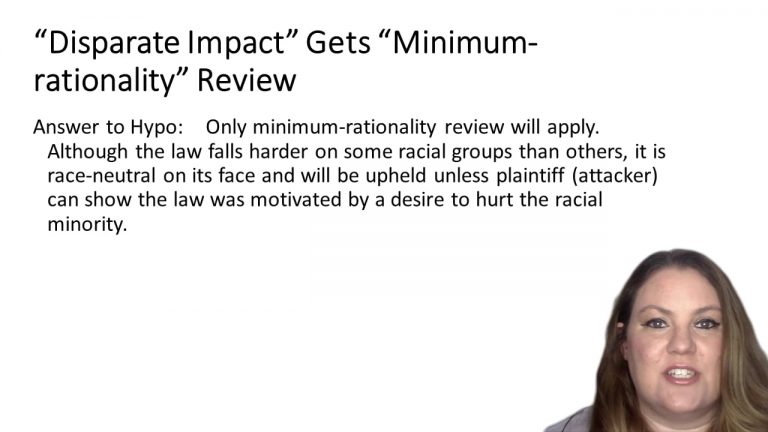SmartBrief
Confirm favorite deletion?
Constitutional Law Keyed to Shanor
New York City Transit Authority v. Beazer
Citation:
440 U.S. 568 (1979)Facts
The New York City Transit Authority refuses to employ persons who use methadone. The Transit Authority (TA) operates the subway system and certain bus lines in the New York City. It employees about 47,000 persons, of whom many are employed in positions that involve danger to themselves or to the public. TA enforces a general policy against employing persons who use narcotic drugs. Methadone has been used legitimately in several ways such as a pain killer. About 40,000 persons receive methadone maintenance treatment in New York City, of whom about 26,000 participate in the five major public programs. The sole purpose of all these programs is to treat the addiction of persons who have been using heroin for at least two years. The evidence indicates that methadone is an effective cure for the physical aspects of heroin addiction.
Only StudyBuddy Pro offers the complete Case Brief Anatomy*
Access the most important case brief elements for optimal case understanding.
*Case Brief Anatomy includes: Brief Prologue, Complete Case Brief, Brief Epilogue
- The Brief Prologue provides necessary case brief introductory information and includes:
Topic:
Identifies the topic of law and where this case fits within your course outline.Parties:
Identifies the cast of characters involved in the case.Procedural Posture & History:
Shares the case history with how lower courts have ruled on the matter.Case Key Terms, Acts, Doctrines, etc.:
A case specific Legal Term Dictionary.Case Doctrines, Acts, Statutes, Amendments and Treatises:
Identifies and Defines Legal Authority used in this case.
- The Case Brief is the complete case summarized and authored in the traditional Law School I.R.A.C. format. The Pro case brief includes:
Brief Facts:
A Synopsis of the Facts of the case.Rule of Law:
Identifies the Legal Principle the Court used in deciding the case.Facts:
What are the factual circumstances that gave rise to the civil or criminal case? What is the relationship of the Parties that are involved in the case.Issue(s):
Lists the Questions of Law that are raised by the Facts of the case.Holding:
Shares the Court's answer to the legal questions raised in the issue.Concurring / Dissenting Opinions:
Includes valuable concurring or dissenting opinions and their key points.Reasoning and Analysis:
Identifies the chain of argument(s) which led the judges to rule as they did.
- The Brief Prologue closes the case brief with important forward-looking discussion and includes:
Policy:
Identifies the Policy if any that has been established by the case.Court Direction:
Shares where the Court went from here for this case.
Topic Resources
Topic Outline
Topic Refresher Course
Topic Charts & Notes

 5m 39s
5m 39s